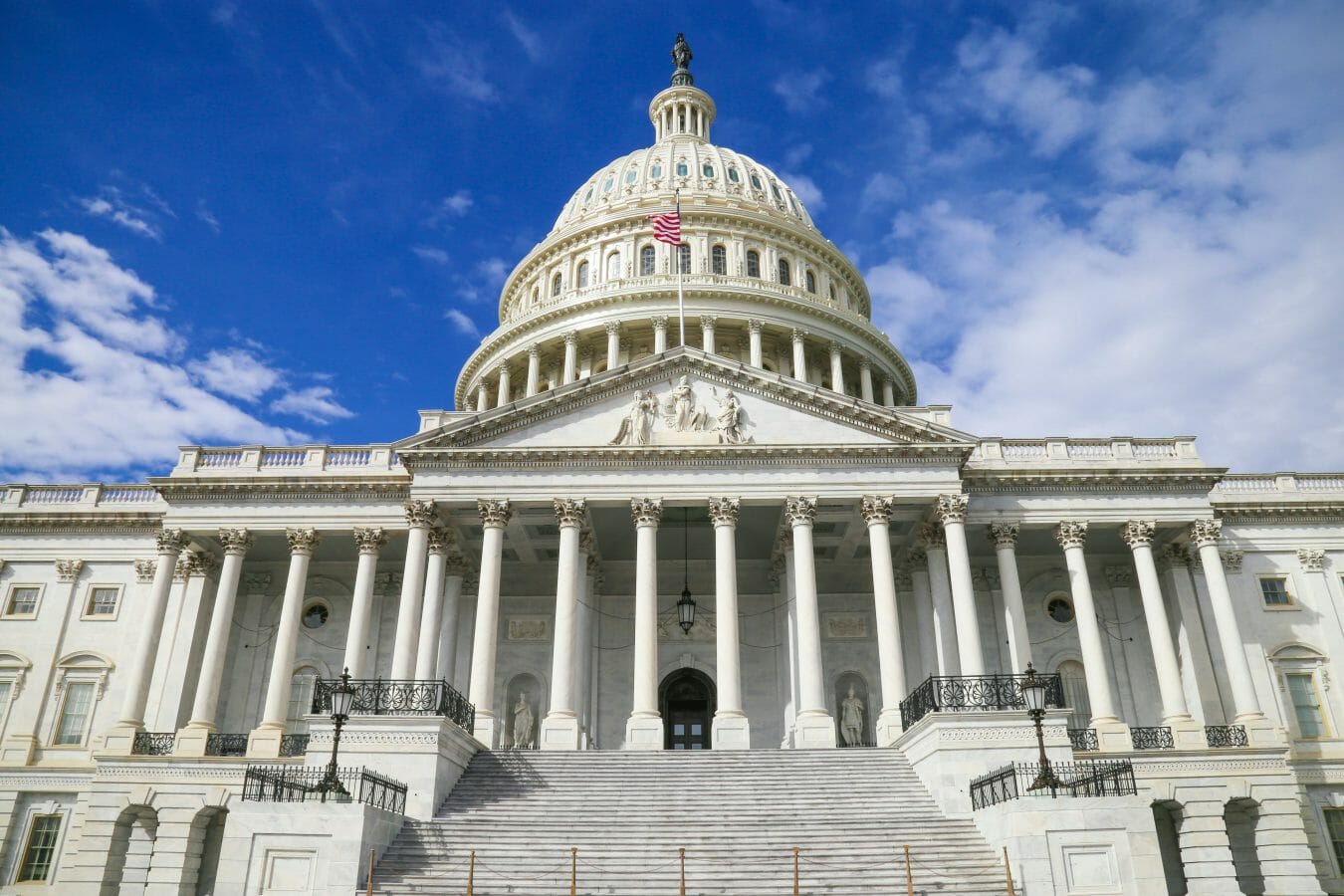
Articles
Higher Education
Experts Suggest Federal State-Partnerships to Protect Against the Next Recession at The Century Foundations Higher Ed 2020
By Henry Kronk
September 27, 2018
On Wednesday, The Century Foundation convened their event Higher Ed 2020: College Affordability Ideas for the Next Generation and Beyond at New York University. The opening panel brought together a series of experts who easily reached a general consensus on how to solve issues of sky-high college tuition: increase state funding and establish federal-state partnerships. The question of how was less one-sided.
States Have a Higher Ed Funding Problem
As many speakers pointed out, the federal government has remained consistent in its support for higher education with Pell grants and other forms of Title IV funding. States, which have the obligation to keep their budget balanced, have not been so steady. As seen with the 2008 financial crisis, when recession hits, states frequently slash higher education spending. And as witnessed currently, they typically remain slow to add that funding back into their budgets when the economy gets going again.
A poll conducted in January of this year found current state spending on higher education to be “anemic” despite incredibly low unemployment and a strong economy. State and federal funding of higher education tends to be similar in total, but a large majority of state funding provides general appropriations for institutions, giving them fewer strings attached. While state funding is not directly correlated to the cost of tuition and fees, it certainly relates.
And that makes one question from moderator Denise Forte more pertinent: What should be done to ensure higher education doesn’t take the same hit when the next recession rolls around? Again the panel responded that, generally, federal-state partnerships for funding higher education would be a good place to start.
Enter Federal-State Partnerships
“The historic pattern has been: recession begins, state spending targets higher education disproportionately, the economy comes back, the money isn’t necessarily put back in higher education,” said James Kvaal, President at The Institute for College Access and Success. “Over time, you have ratcheting down of state support for higher education and that’s driven by the fact that every state is required to balance its budget. The federal government does not have that balance-budget requirement.”
“During the Great Recession, the federal government made substantial investments in college affordability,” Kvaal continued. “If you count Pell [grants] and the college tax credits together, the federal government increased investments in college scholarships by $20-25 billion per year over a couple years. I think that will be a critical aspect of federal state partnerships. When you ask how states weather economic downturns, there are models. The unemployment insurance program, is a model of a federal-state partnership. Medicaid has also adapted similar strategies. None of these are perfect, but we should be thinking about how to draw from other policy areas considering the federal government has greater flexibility.”
Part of this federal-state partnership also needs to include measures in place that will ensure funds are being used appropriately. One somewhat popular effort to help keep tuition and college performance in check has been performance-based funding. The idea is that states can withhold funding until institutions display positive metrics like recidivism and graduation rates, thereby ensuring that whatever state funding is in place is put to good use.
But as University of Northern Colorado Assistant Professor Amy Li pointed out, “At the state level, there are already certain policy levers in place to try to incentivize colleges to try to change their behaviors. But there are a lot of unintended consequences of policy-based funding. My research has shown that when colleges receive funding based on performance outcomes, they just become more selective. The easiest way to graduate more students is to admit students who were going to graduate anyway.”
There will be a new Congress elected this November. Its makeup remains to be seen. But federal spending on higher education has been a historically bi-partisan priority. The panelists at Wednesday’s event remained hopeful that federal-state partnerships can figure into fixing the issues of prohibitively high college tuition.









No Comments